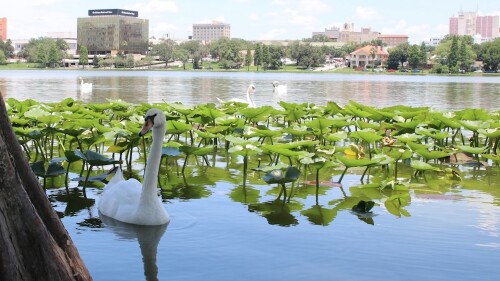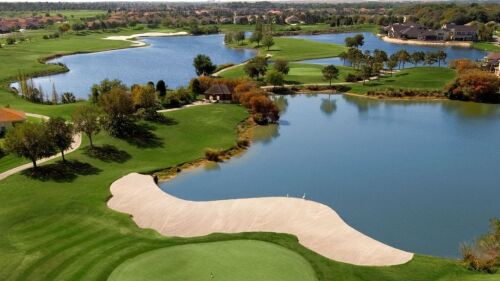Who’s ready for a history lesson? On Feb. 4, five days after it launched on Jan. 31, 1971, Apollo 14 entered orbit. Alan Shepard, Edgar Mitchell, and former US Forest Service smokejumper Stuart Roosa, who carried over 400 tree seeds with him as part of a joint NASA and USFS initiative, made up the crew.
Roosa and his five varieties of seeds orbited the moon 34 times. Why? Scientists wanted to know whether the seeds would be affected by their time in microgravity, including whether they would look the same and reach the same heights as their Earth-bound counterparts.
Unfortunately, the container holding the seeds burst as Apollo 14 was decontaminated after landing back on Earth causing the seeds to mix. Due to the mix-up, scientists thought they would no longer be viable. They were still shipped on to Forest Service labs, where researchers found out that they would, indeed, still germinate.

Moon Tree emblem courtesy of NASA
And, not only did they sprout, after 20 years there were also no measurable differences with trees whose trees never left the ground.
The seedlings, named the Moon Trees, were planted across the world. Many went into the ground during the US’s bicentennial in 1976 at sites like the White House, Independence Square, Kennedy Space Center, university campuses + state capitols. A few were gifted to more cosmopolitan recipients, including the Emperor of Japan.
This is where our story gets local: six of the seedlings – four sycamores and two loblolly pines – were planted right here in the Sunshine State.
The four sycamores found themselves planted in Cape Canaveral at the Kennedy Space Center, Gainesville at the University of Florida, Keystone Heights at the Keystone Heights Library, and Tallahassee in Cascades Park. The two loblolly pines wound up at the Doyle Connor Building in Tallahassee and Forest Capital State Park in Perry, FL.
DYK: While almost all of the seeds were sent out for planting, no official records were kept of where the trees actually ended up, so information has been pieced together since then by the Moon Trees’ many fans?
About 80 of the trees have been tracked + verified so far. And, the second generation of Moon Trees, “half-moon trees,” have also been planted from seeds and cuttings of the original trees. One of these is in FL, at MOSI in Tampa.
Think you have a lead on a Moon Tree? You can email the info to NASA here.
Quiz











